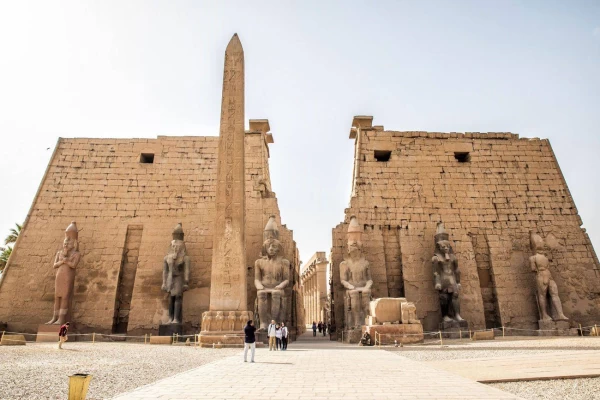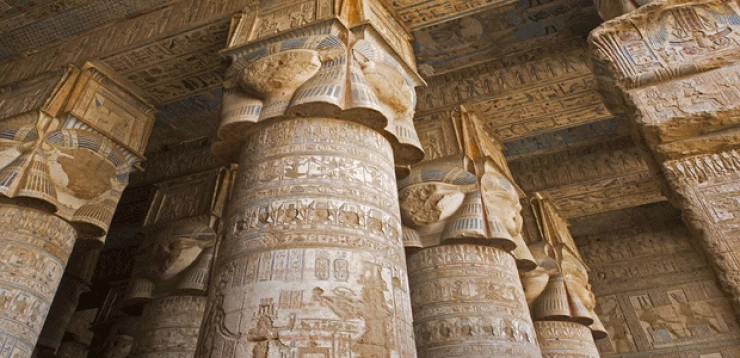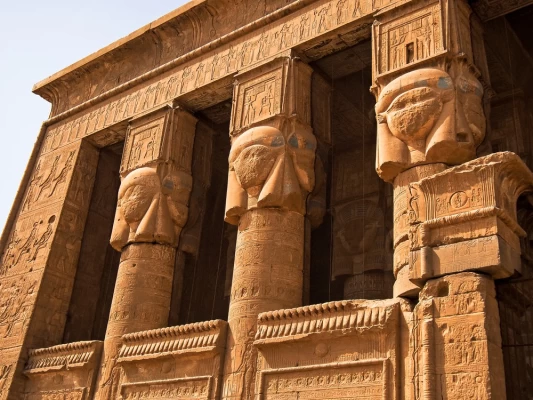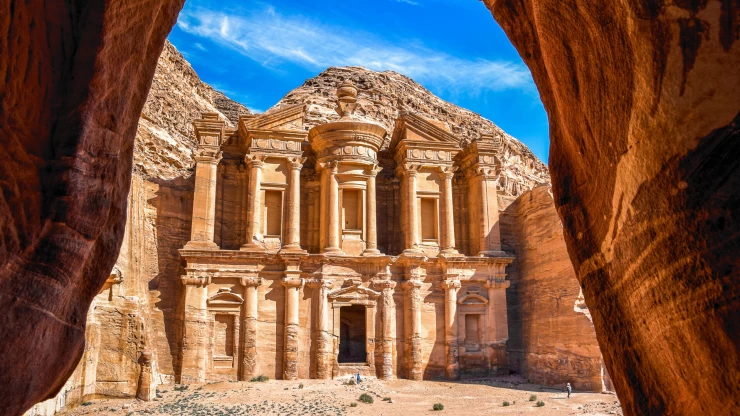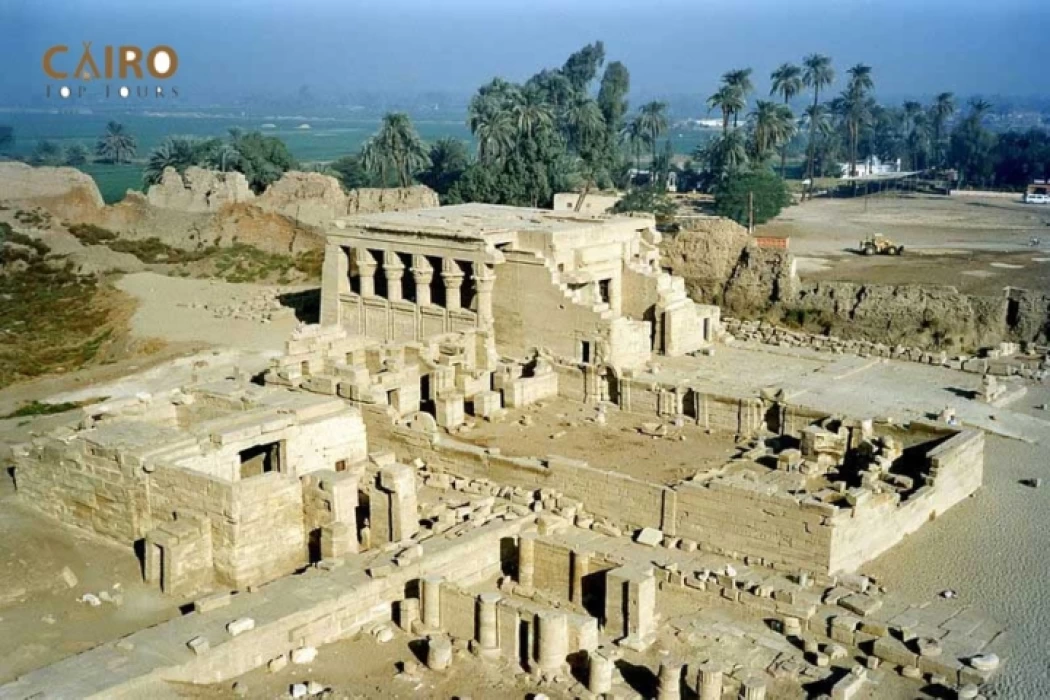
Temple of Dendera
The Dendera Temple Complex: A Testament to Ancient Egyptian Piety and Artistry
Introduction
The Dendera Temple Complex, located near the town of Qena in Upper Egypt, is one of the most well-preserved and significant archaeological sites from ancient Egypt. Known for its elaborate decorations and intricate design, the temple complex is dedicated primarily to Hathor, the goddess of music, dance, and fertility. The site provides invaluable insights into the religious practices, artistic achievements, and architectural innovations of the ancient Egyptians.
Historical Context
The Dendera Temple complex, often referred to simply as Dendera, was constructed during the Greco-Roman period, though its origins date back to much earlier times. The primary structures were built during the Ptolemaic dynasty (305–30 BCE) and later expanded by Roman emperors. The site reflects a continuity of religious traditions that span several centuries, showcasing the evolution of Egyptian religious practices and architectural styles.
Main Temple of Hathor
The centerpiece of the Dendera Temple complex is the Temple of Hathor, renowned for its stunning artwork and elaborate architectural features. The temple was begun by Ptolemy VIII and completed by later rulers, including Roman emperors. The structure is characterized by its monumental entrance, large hypostyle hall with impressive columns, and richly decorated sanctuaries.
Architectural Highlights
The Temple of Hathor is distinguished by its massive columns adorned with elaborate floral and faience motifs. The inner sanctum, or naos, is where the sacred statue of Hathor would have been kept. The temple’s ceiling is particularly noteworthy for its astronomical and zodiacal inscriptions. The famous Dendera Zodiac, a circular depiction of the night sky, is one of the most celebrated aspects of the temple, offering detailed insights into ancient Egyptian astronomy.
Reliefs and Decorations
The walls of the Temple of Hathor are adorned with a wealth of carvings and inscriptions. These reliefs depict a variety of scenes, including offerings to Hathor, the pharaoh making ritual offerings, and various deities. The art is notable for its high level of detail and vibrant colors, which have been remarkably well-preserved. The reliefs not only serve a religious purpose but also provide a visual record of the social and political life of the period.
Other Structures
In addition to the Temple of Hathor, the Dendera complex includes several other notable structures:
- The Mammisi (Birth House): This smaller temple is dedicated to the birth of the divine child and features scenes of Hathor’s role as a mother.
- The Sacred Lake: An artificial lake situated within the complex, used for ritual purification and ceremonies.
- The Chapel of Osiris: Located near the main temple, this chapel is dedicated to Osiris, the god of the underworld, and includes inscriptions related to the mythology of resurrection and rebirth.
Cultural and Historical Significance
The Dendera Temple complex holds immense cultural and historical significance. It is a prime example of how ancient Egyptians blended traditional religious practices with new artistic and architectural developments. The site offers a glimpse into the religious and cultural life of the Ptolemaic and Roman periods, illustrating how ancient Egyptians adapted their spiritual beliefs to changing political contexts.







